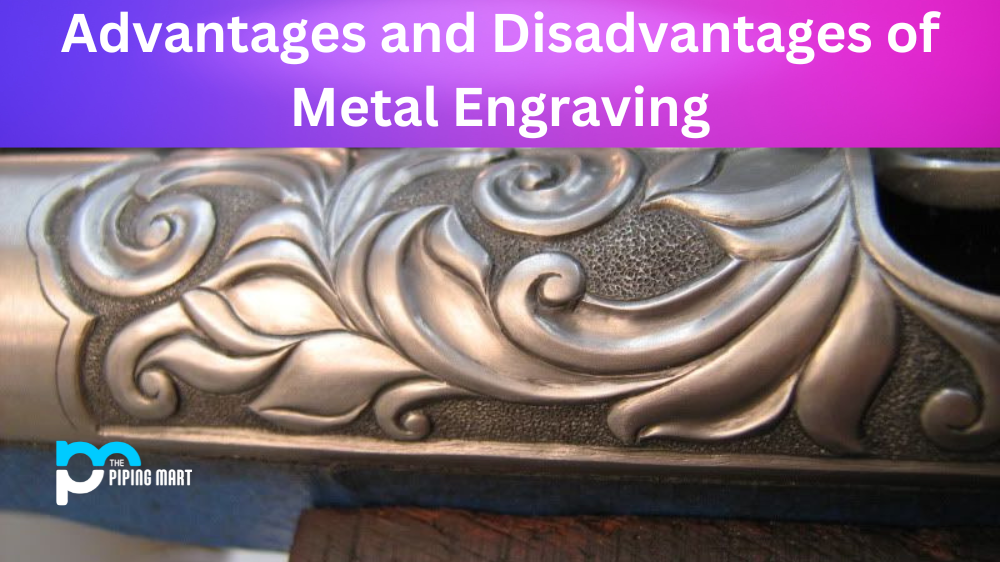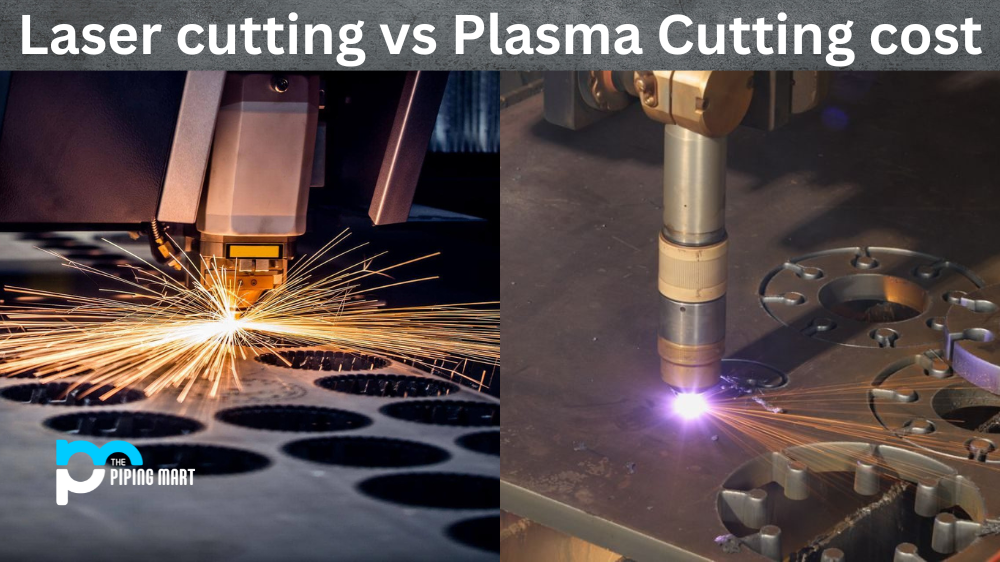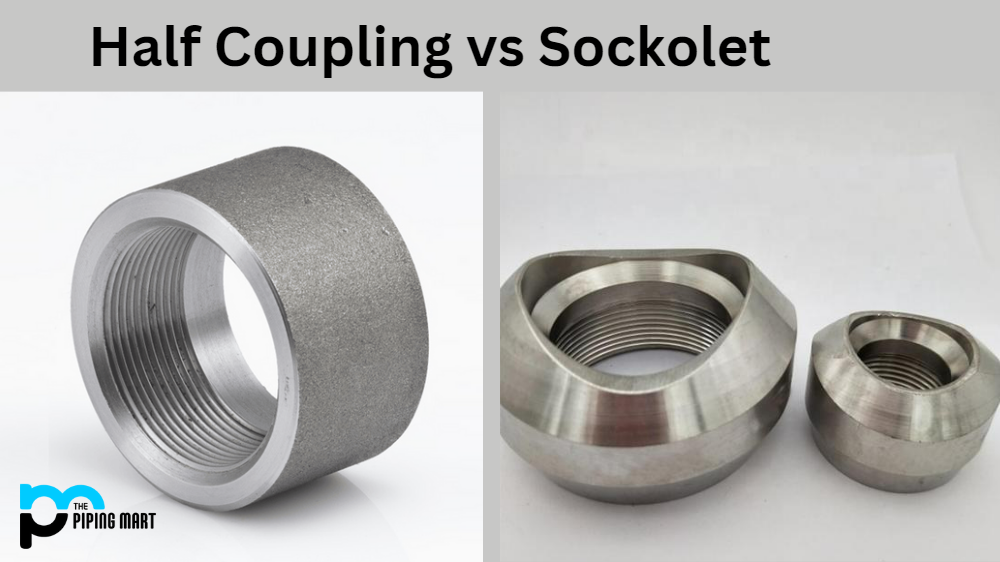Engraving is a process that involves etching or carving a design into a metal surface. It can be used for a wide variety of purposes, from creating jewelry to branding tools and even making intricate art pieces. But what are the advantages and disadvantages of this process? Let’s take a closer look.
Advantages of Engraving Metal
The first advantage is that engraving can create an incredibly detailed design on metal surfaces. This makes it ideal for creating intricate designs on jewelry or other objects with small details that need to be displayed clearly. It also allows you to create permanent logos and brand names on products, which can help ensure that your products are associated with your company or brand name.
Engraving is also relatively durable compared to other methods, such as printing or painting, so it won’t fade over time as these other methods might. This makes it ideal for creating items that will need to last for many years without fading or peeling away from the metal surface. Furthermore, engraving doesn’t require any additional materials, such as paint or ink, so it can be affordable compared to other methods.
Personalization
One of the main advantages of engraving metal is that it allows for personalization. Whether you are looking to engrave a name, date, or message, engraving provides a way to make a metal object more personal and unique.
Durability
Engraved metal is also very durable. Once a design is engraved into the metal, it will not fade or wear away over time. This makes engraving an ideal choice for items that are meant to last, such as wedding bands or heirloom pieces.
Precision
Engraving also allows for a great deal of precision. With modern engraving machines, it is possible to create very intricate and detailed designs. This level of detail is not possible with other methods of decoration, such as painting or etching.
Versatility
Engraving can be done on a variety of different metals, including gold, silver, brass, and aluminium. This means that there is a metal out there that is suitable for any project you may have in mind.
Affordability
Despite the many benefits of engraving, it is actually a very affordable process. In fact, it is often less expensive than other methods of decoration, such as enamelling or gemstone setting.
Disadvantages of Engraving Metal
One disadvantage is that engraving requires specialized machinery, which may not be available in all areas or may require special training to operate properly. This makes it more difficult to find someone who can engrave metals than finding someone who can print or paint them. Additionally, the cost may be higher than other methods due to the specialized machinery required and the amount of labour involved in the process.
Engraved metals may also require extra care when cleaning since chemicals used in most cleaning solutions could damage the engraved design over time if they are not removed properly from the surface after use. Finally, depending on how intricate the design is and where it needs to be placed on the metal surface, there could be limitations as to how much detail can actually fit onto the metal surface without sacrificing the clarity or accuracy of the design itself.
Limited to Metal Surface
One of the primary disadvantages of engraving is that it can only be done on metal surfaces. This means that if you want to engrave a piece of jewelry made from another material, such as wood or glass, you will need to find another method.
Can Be Time-Consuming
Another disadvantage of engraving is that it can be quite time-consuming, especially if you are doing it by hand. If you are working with a complex design, it can take hours or even days to complete the engraving.
Requires Specialized Equipment
If you want to engrave metal surfaces, you will need to have access to specialized equipment. This equipment can be expensive, which may be a deterrent for some people. Additionally, you will need to have some experience using this equipment in order to get good results.
Results Can Be Inconsistent
Another downside of engraving is that the results can be somewhat inconsistent. This is because the depth of the engraving will depend on the pressure you apply and the type of metal you are working with. As a result, it can be difficult to achieve consistent results from one piece to the next.
Can Be Damaging to Metal Surface
Finally, it is important to note that engraving can actually damage metal surfaces. This damage may not be immediately apparent, but over time it can cause the metal to become weaker and more susceptible to breakage.
Conclusion
Engraving metals has its pros and cons; however, if done correctly, it can produce stunning results that last for years without fading away like paint or ink might do over time. If you have an idea for an intricate design that needs to stay crisp and clear even after many years of use, then engraving metals might just be your best bet! Be sure to weigh all of your options carefully before deciding upon a method for your project, though – each method has its own advantages and disadvantages, so make sure you pick one that fits your needs perfectly!

A passionate metal industry expert and blogger. With over 5 years of experience in the field, Palak brings a wealth of knowledge and insight to her writing. Whether discussing the latest trends in the metal industry or sharing tips, she is dedicated to helping others succeed in the metal industry.




